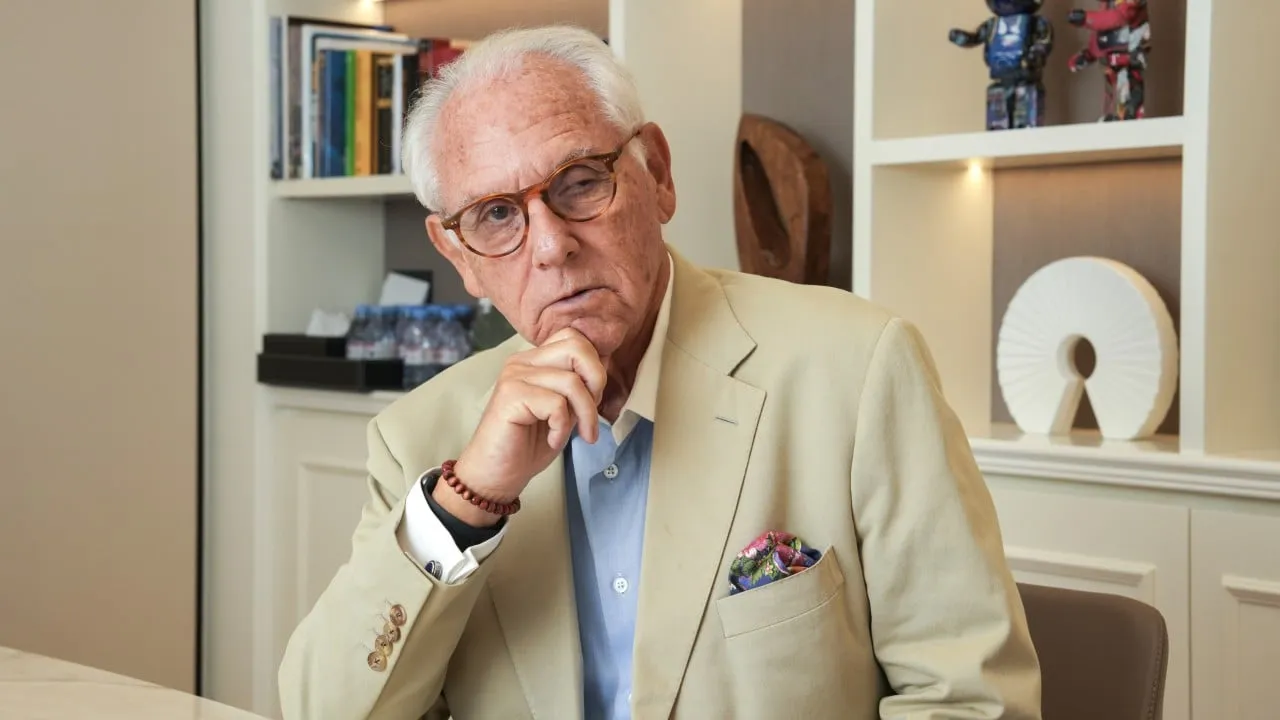Focused Ultrasound: A New Hope in Cancer Healthcare

Focused Ultrasound: An Alternative Cancer Treatment
Focused ultrasound is becoming a vital player in cancer treatment, gaining traction and support from prominent figures like Hong Kong billionaire Li Ka-shing. This non-invasive medical device utilizes high-intensity sound waves to target and ablate diseased tissues, presenting significant advantages over traditional therapies.
The Surge in Focused Ultrasound Applications
- Clinical trials and treatments for focused ultrasound are on the rise.
- Medical device investments are increasing, reflecting confidence in this medtech innovation.
- HistoSonics, a leading manufacturer, is at the forefront, attracting significant investments, including from J&J.
Focused Ultrasound and Patient Care
This treatment employs technology that dissolves tumor cells without incisions, allowing patients to return home the same day. Most treatments are performed with only one session, costing between US$3,000 and US$40,000.
- In 2022, there were an estimated 4.82 million new cancer cases in China.
- Projected new cases are expected to reach 7 million by 2040, underscoring the need for innovative treatments.
- There have been 140,000 focused ultrasound treatments globally last year, showcasing its growing acceptance.
Future Prospects for Focused Ultrasound
The ongoing growth and success of this technology could lead to companies going public or being acquired. Promisingly, the industry is waiting for major breakthroughs in annual sales and profitability.
Disclaimer: The information provided on this site is for informational purposes only and is not intended as medical advice. We are not responsible for any actions taken based on the content of this site. Always consult a qualified healthcare provider for medical advice, diagnosis, and treatment. We source our news from reputable sources and provide links to the original articles. We do not endorse or assume responsibility for the accuracy of the information contained in external sources.
This article was prepared using information from open sources in accordance with the principles of Ethical Policy. The editorial team is not responsible for absolute accuracy, as it relies on data from the sources referenced.